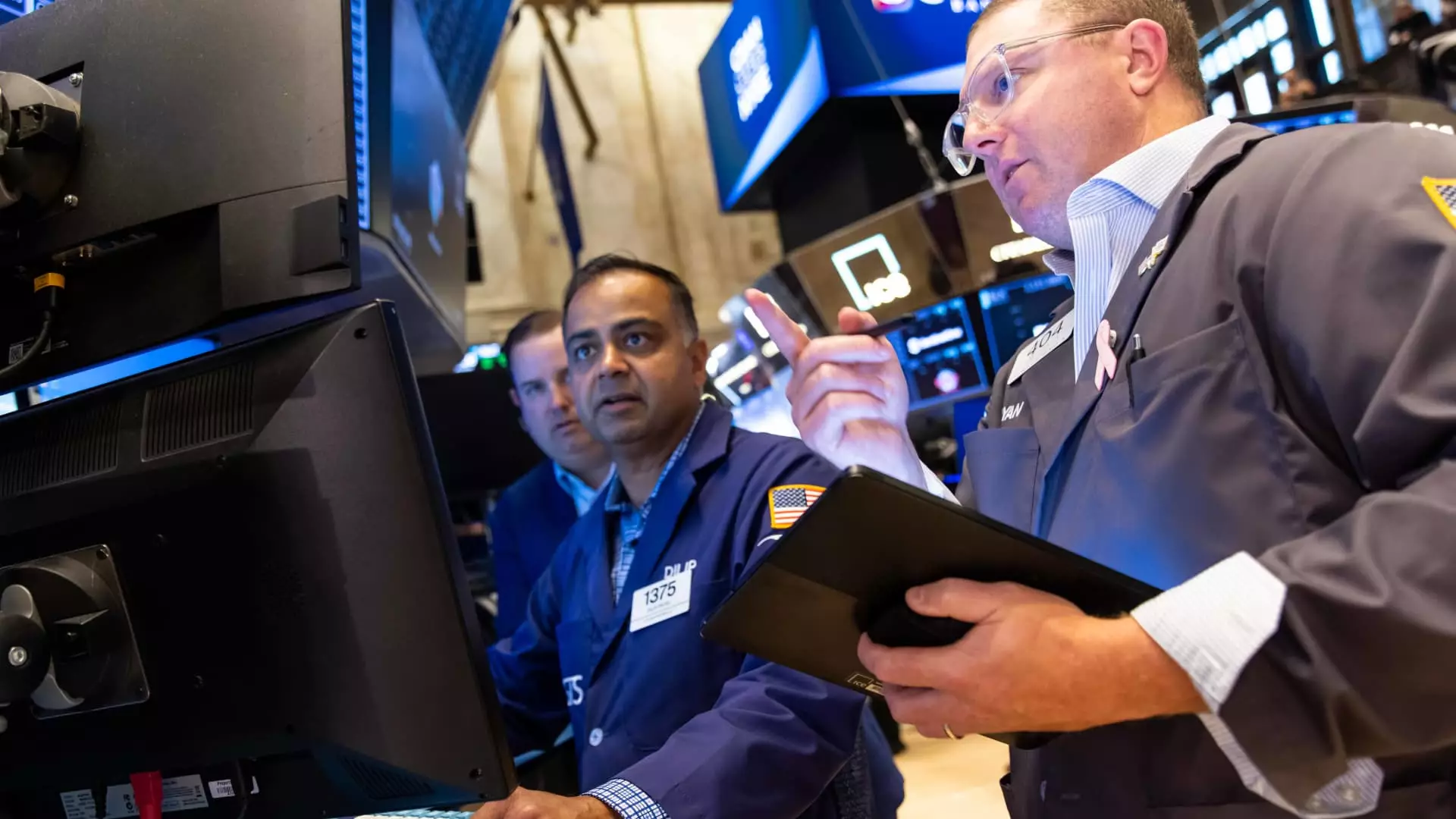Despite the optimistic tone of market analysts, the recent rally in international stocks and emerging markets is arguably more indicative of a precarious recovery rather than a robust, sustainable uptrend. Developed markets outside of the United States have indeed outperformed expectations, with a 17% year-to-date increase, and emerging markets aren’t far behind. However, this temporary momentum masks underlying vulnerabilities. Many of these regions are still grappling with structural economic issues, political instability, and uneven recovery paths post-pandemic. A complacent belief that these markets will continue their ascent ignores the fragility inherent in their economic foundations. It’s naïve to assume that past performance—especially rebound performance—will persist without setbacks. Investors walking into this narrative risk overexposure, falsely believing that international diversification alone offers protection when, in reality, global geopolitical tensions, currency fluctuations, and policy uncertainties threaten to destabilize these markets just as convincingly as they’ve risen.
Questionable Optimism About U.S. Market Normalization
The narrative that the U.S. market is simply experiencing a “normalization” of its extraordinary performance feels overly dismissive of underlying risks. The idea that the current stretch in U.S. equities, particularly within the S&P 500, is sustainable or indicative of real economic strength is questionable. The market’s 7% rise year-to-date appears modest but takes place against a backdrop of high valuations and growing concentration risk among a handful of large tech giants. The so-called “Magnificent Seven” — a group of mega-cap technology firms — have driven much of this growth, yet their earnings growth is slowing, which suggests that these stocks may be riding a bubble rather than representing genuine economic vitality. Relying on the notion of market normalization is dangerously optimistic, especially considering how geopolitical tensions, inflationary pressures, and policy shifts—such as trade tariffs—could quickly reverse this trajectory. A supposed return to ‘normal’ hides the reality that the U.S. economy remains highly sensitive to external shocks and internal policy missteps.
The Illusion of AI as a Market Savior
Artificial intelligence has emerged as an alluring theme among investors, but unquestioning enthusiasm for AI’s future growth is misguided. While Santos emphasizes that AI is “real” and a major market driver, her assurances ignore fundamental concerns about overvaluation and market concentration. Many investors are fixated on the so-called “Magnificent Seven,” but this myopic focus dismisses the broader risk that the AI boom is heavily skewed toward a few large-cap tech giants, inflating valuations well beyond what earnings growth can justify. The projected earnings slowdown within these groups signals that this phase of AI-driven growth could plateau or even reverse. Moreover, Santos’s optimism about expanding AI benefits into utilities and industrials underscores a broader narrative of technological optimism that might be overly idealistic. As history has demonstrated, innovation-driven bubbles tend to burst when growth prospects fall short or when regulatory risks materialize. Concentrating on the next wave of AI beneficiaries risks creating a distorted market landscape that could crash when the underlying assumptions prove false.
Leftovers of a Decade-Long Market Disconnection
What underpins this complex outlook is a recognition that markets have been disconnected from fundamentals for over a decade. Too many investors are intoxicated by the illusion that central bank policies and low interest rates can sustain high valuations indefinitely. International markets, which have lagged in the past, now look comparatively attractive, but this swing is fueled more by desperation to find growth corridors than genuine economic resilience. The idea that these markets will automatically catch up glosses over structural weaknesses, such as demographic shifts in emerging economies, rising debt levels, and geopolitical risk. Instead of seeing this as a return to equilibrium, it might be more accurate to view it as a brief reprieve in an otherwise fragile global economic structure that remains prone to shocks.
Center-Left Trust in Managed Growth and Progressive Optimism
From a centrist liberal perspective, it’s tempting to accept the market’s narrative at face value, trusting in policy adjustments and technological progress to guide us through uncertain waters. However, blind faith in globalist growth stories and technological salvation neglects the importance of regulation, social equity, and sustainable development. It’s crucial to recognize that markets serve societal interests—good or bad—not the other way around. Unchecked optimism about international markets and AI risks perpetuating inequality, environmental degradation, and corporate dominance. Policymakers and investors alike should approach this growth with a skeptical eye, advocating for balanced regulation, fair wealth distribution, and environmentally responsible innovation instead of blindly chasing the next market “big thing.” Negative outcomes are often the result of overconfidence masked as optimism—something that the mainstream investment narrative neglects at its peril.


Leave a Reply